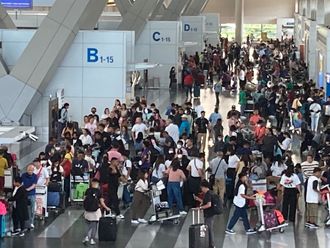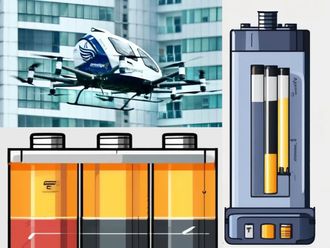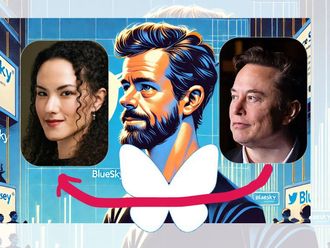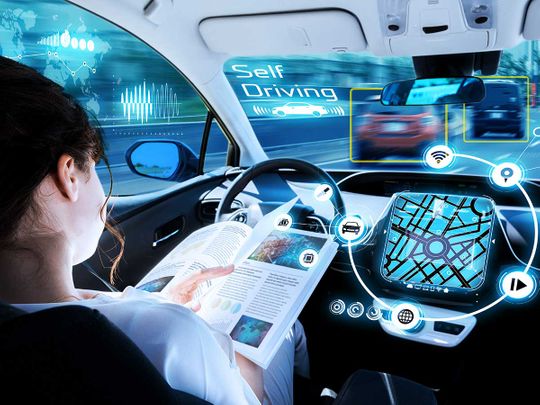
In 2019, Elon Musk dropped a bombshell: 1 million “robotaxis” will be on the road by the end of 2020. Well, it’s almost the end of 2021. Perhaps it's time for a change of terms, i.e. that the Tesla CEO was actually referring to “robotaxi-capable” EVs?
Reality check: driverless yellow cabs are nowhere yet to be flagged, except in a few cities where their movement is fenced off. But while Tesla’s “autopilot” system continues to undergo continuous enhancements, others aren't that far behind, some are perhaps even ahead — with each iteration forming a stepping stone towards a full self-driving (FSD) era.
In practice, a true Level 5 FSD (absolutely no human driver required) is a tough nut to crack. Many minds are working on this complicated problem. Out of this slugfest, “robotaxis” are set to disrupt our world. What we know so far:
1. What companies are involved in developing robotaxis/self driving technology?
It’s not a single-company game. Besides Tesla, a number of companies are fully invested today in a driverless future, including:
- Apple
- Audi
- AutoX
- BYD
- Cruise (GM)
- Ford
- Foxconn
- Huawei
- Intel/Mobileye
- Kia-Hyundai
- Lyft
- NIO
- NVIDIA
- Pony.ai
- QCraft
- Samsung
- Uber
- Waymo (Google)
- Xpeng
2. How close are we to flagging down robocabs?
Robotaxis used to be an AI utopia. A recent Bloomberg report out of China shows we’re not that far from making it a reality. Besides China, there are pioneering R&D efforts in the US, Europe, Israel and the UAE in the drive towards autonomous transport.
While self-driving capability will be highly valuable, the technology is not quite there yet to fully replace a human driver. Over the past few years, the sector has achieved much, but also saw much hype — only to be followed by disillusionment.
Tesla, Google (Waymo) and GM (Cruise), suffered several setbacks in their autonomous ride-hailing service drives. Waymo’s fully driverless robotaxi pilot clocked in 32 million kilometers on public roads as of early 2020 — yet it’s still only available in certain areas of Phoenix, Arizona, after having gone years of rigorous testing.
3. What would robotaxis change in us?
When full self-driving vehicles enter the scene, it’s essentially free human labour. Moving people from A to B would become a service, which could disrupt the following industries:
- Car ownership/maintenance
- Car insurance
- Safety
- Retail
- Town planning/parking
- Lube oil stations
- Home garages
- Petrol stations
When full self-driving vehicles enter the scene, it’s essentially free human labour. But for that to happen, it's necessary to hit the following:
First:
The autonomous vehicle technology has to move to the very top definition of autonomous vehicles — Level 5.
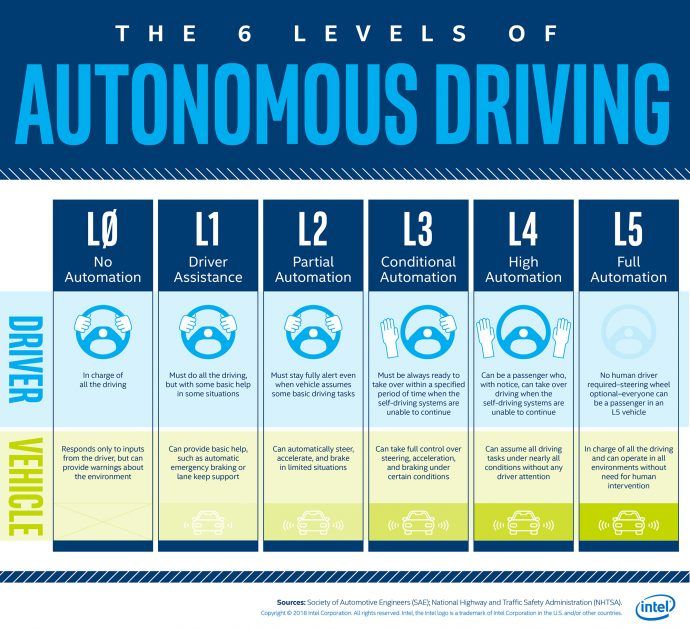
Second:
regulations will need to be adapted to this new reality. A good example is Dubai. The Roads and Transport Authority is working on regulations that would pave way for driverless cars on roads, with legislation aimed to be completed in 2022 — ahead of debut of autonomous cars in 2023.
4. How will autonomous driving help us save money?
If you drive an hour each way to work daily, that would be equivalent to 730 hours in 12 months. That’s about 30 days of driving per year. That’s equivalent to one month holiday which we spent on the road behind the wheel. This may be an exaggeration, but technology has always been a big disruptor.
• Road traffic crashes cost most countries 3% of their gross domestic product.
• Vehicular accidents killed 42,060 people in 2020 in the US, up from 39,107 in 2019, according the National Safety Council (NSC), a non-profit.
• The number of deaths per 100 million miles driven grew 24% from a year earlier, according to the NSC data, though the pandemic kept many off the roads for much of 2020.
• The average for human drivers in the US is one accident for every half million miles — making Autopilot (in its 2019 version) nine times less likely, according to the Elon Musk.
PwC predicts that up to 30% of jobs, including driving, could be automated by mid-2030s. Forbes reported that machines could replace 40% of the world's workers within 15 to 25 years — part of the trend in which AI is taking over the world.
While a robotaxi rollout is not a sure thing at this time, some experts say that at Level 4 or Level 5 vehicle autonomy — alongside the adoption of global driving standards (left- or right-hand drive?) — would inevitably lead to a self-driving future.
5. What’s the robotaxi scene going to be like?
Dubai recently gave a taste of one when it announced the first self-driving delivery vehicle being deployed in the Downtown era, around Burj Khalifa.
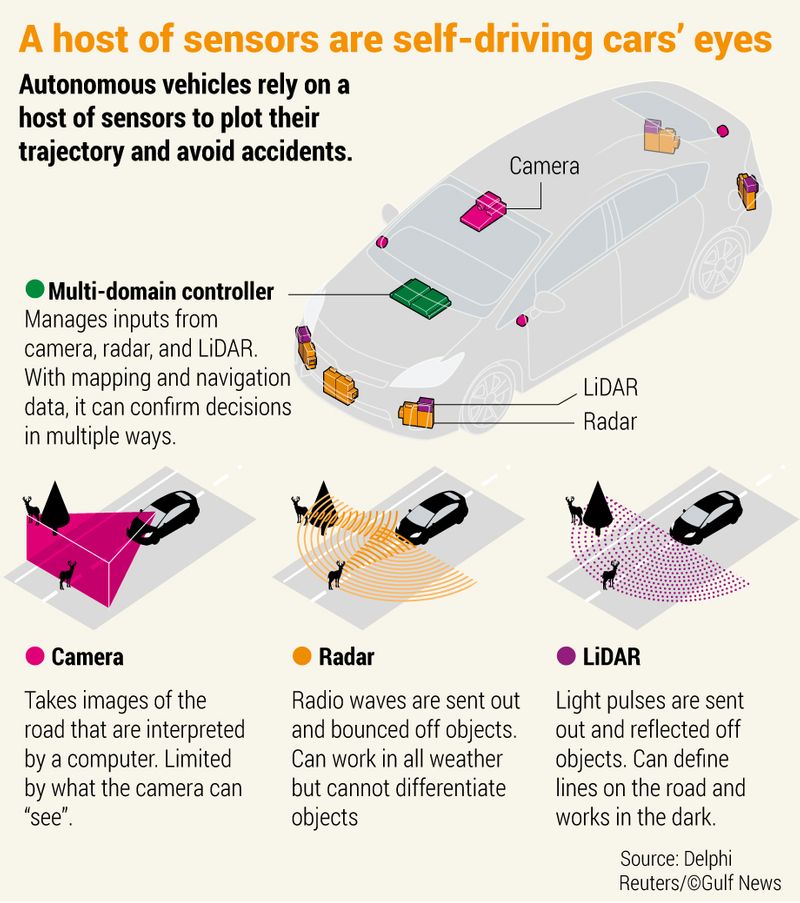
In September last year, Jerusalem-based Mobileye signed a deal with the UAE’s Al Habtoor Group to create a fleet of self-driving robotaxis that could take to the streets of Dubai by the end of 2022.
Mobileye is Intel’s autonomous car division, which has signed agreements to deploy its technology already in place in Japan, South Korea, France and Israel.
Mobileye’s technology is designed to make vehicles safer. Intel acquired it in 2017 and has since signed up more than two dozen automakers. Its system is now installed in more than 60 million vehicles worldwide. It’s not Level 5 autonomous driving yet, but each new tweak is a step toward the robotaxi of the future.
6. Are robotaxis the next big thing?
The savings, in terms of reduced road fatalities, is huge. As an infant industry, its future value is worth several trillion dollars. Tasha Keeny, an analyst at ARK Invest, projects the autonomous taxi market capitalisation to double from $2 trillion in 2018 to $4 trillion in 2023, and jumping further to $7 trillion by 2028.
24 %
increase in deaths per 100 miles driven in 2020 in the US (despite reduced driving due to pandemic)“Autonomous taxis are probably going to happen sooner in the US than anywhere else. But China is also gunning for them. Europe seems a little bit farther behind…We assume this business will have great margins, basically software-like margins,” Keeney said.
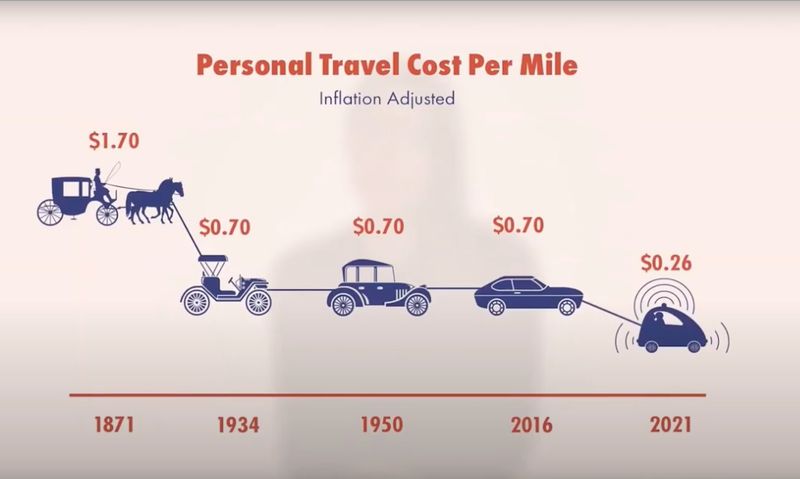
Industry experts like Stanford’s Tony Seba, author of Rethinking Humanity, does not put a date to a switch-over to a driverless vehicle era. And it’s not like flipping a switch; rather, it’s more like a process similar to when internal combustion engines replaced horse carriages.
Numerous companies and researchers are putting serious resources in the next level of transportation, an industry that hasn’t changed much in the last 100 or so years. Leaders in this self-driving sweepstakes could become an unimaginably valuable in the near future.
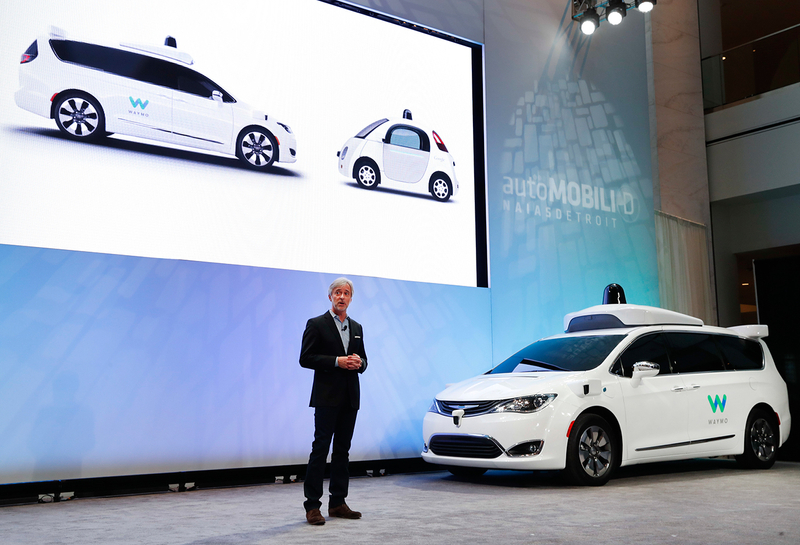
7. What self-driving cars are the most advanced in robotaxis?
There are two we know so far: Waymo and Auto X.
Waymo
Riders of Waymo, owned by Alphabet (Google), can simply climb aboard spacious Chrysler Pacifica vans and experience one of the first public adoptions of a fully autonomous vehicle. The company is fine-tuning its technology. Its vehicles navigate through traffic, around accidents and around turns in the suburbs of Phoenix, Arizona. The small-scale operation is a big step. Having clocked more than 20 million miles, the only way for Waymo to go is up. Beyond urban areas, and covering longer distances, could potentially take this company to the next level.
AutoX
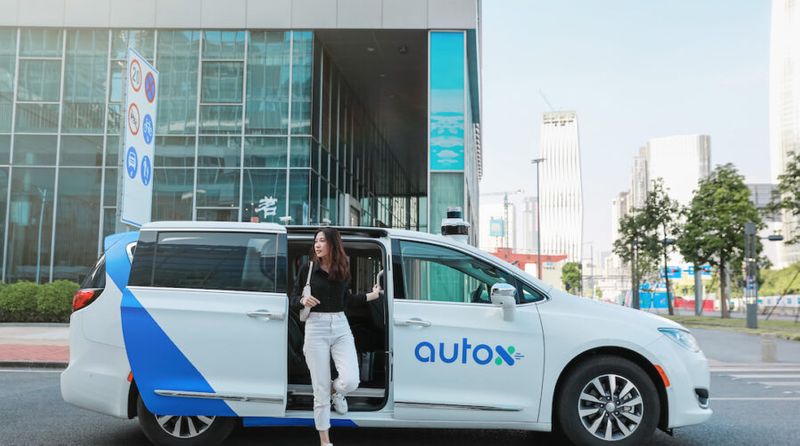
With backing from Alibaba, AutoX has progressed through testing stages of its AI machine efficiently on the streets of Shenzhen in China. The company is working on one of the last stages of testing. So far, the driverless vehicles have been operating smoothly without a backup human safety driver in the car. It’s is a sign of progress, which could eventually lead to a wider rollout in China and elsewhere. AutoX uses a powerful XCU, the system’s brain the does the computing, sensing and processing — thus helping the cars react faster, brake quickly, and switch lanes and navigate through traffic as needed.
In 2016, Lyft CEO John Zimmer predicted they would “all but end” car ownership by 2025.
In 2018, Waymo CEO John Krafcik warned autonomous robocars would take longer than expected.
In 2021, some experts aren’t sure when, if ever, individuals will be able to purchase steering-wheel-free cars that drive themselves off the lot.


